Beyond the dazzling royal cities of Rajasthan lies Jaisalmer, the gateway to the Thar Desert and a popular tourist destination in India that is notable for its incredible yellow stone architecture, the Jaisalmer Fort, also known as ‘Sonar Quila’. Jaisalmer is one of the most visited places in Rajasthan during the peak tourist season that commences from October and continues till February. The city, also dubbed the “Golden City”, was established in the mid 12th century by Rawal Jaisal and today with many artistic structures, monuments of local historical importance and abandoned villages, Jaisalmer has emerged as a slice of royal heritage from incredible Rajasthan.
Jaisalmer Fort :-
The Jaisalmer Fort also goes by the name Sonar Quila (Golden Fort) as it rises from the desert itself and seems to become one with the golden hues of the sand. The setting sun adds its own magic and shrouds the fort with mystique. The fort is constructed in the classic style of the royals by local craftsmen. This fort is a world heritage site. Over the past few centuries, this fort has witnessed several battles and has successfully endured its pride and glory of being one of the magnificent forts in Rajasthan. However, kings and battles are no more persistent and can be found on the pages of history books, leaving behind their immortal legacy and bonding with this fort.
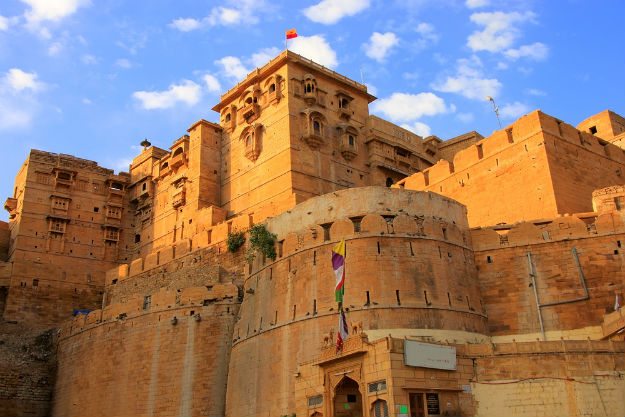
Two architect brothers built Nathmal Ji Ki Haveli in the 19th century. They worked on the haveli from two sides and the outcome is a beautiful blend of the symmetrical construction. Miniature style paintings and mighty tuskers carved out of yellow sandstone are used for decoration.
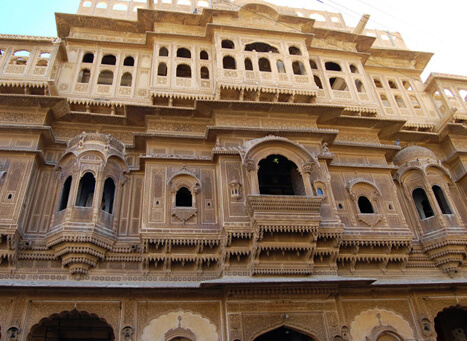
Salim Singh Ki Haveli :-
This haveli was built in the first half of the 18th century and a part of it is still occupied by descendants of the original residents. The high arched roof is supported by carved brackets designed in the shape of peacocks. Legend has it that there were two additional wooden storeys that made it match the Maharaja’s palace in height, but he ordered for the upper level to be demolished.

Gadsisar Lake :-
Gadisar Lake was constructed in the 14th century by Maharawal Gadsi Singh to meet the water needs of his arid lands. Considering its importance, many small temples and shrines were constructed around it, transforming it into a pilgrimage centre and a tourist attraction.
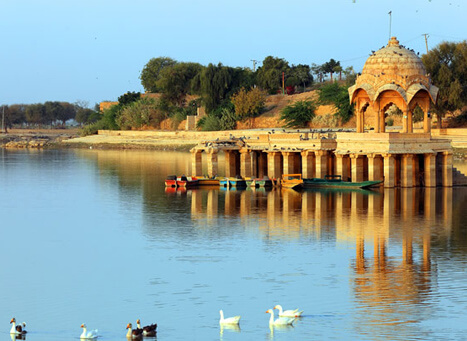
The Indian Army has set up a historical war museum in Jaisalmer. This war museum which is the first-of-its-kind on the western front traces the evolution of the Indian Army and covers in detail its inspiring contribution in mainly 1965 Indo-Pak War and 1971 Longewala battle including all combat operations and other nation building activities. ‘Jaisalmer War Museum‘ has been established in the military station of Jaisalmer to showcase the bravery of the Indian Army and also to commemorate the sacrifice of its heroes displaying valour and courage of exceptional order during India’s wars.
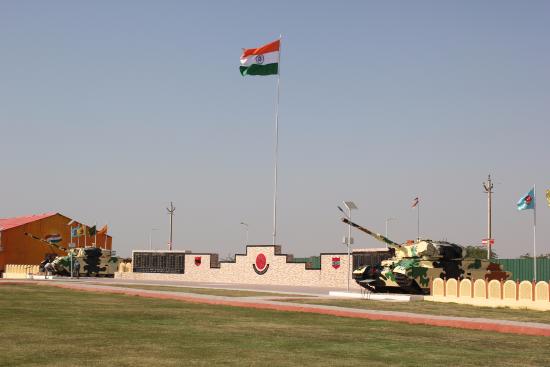
Sam sand dunes are indeed one of the most authentic desert dune sites in whole India and truly deserves to be on your list of things to do in Jaisalmer. Here, you find 30 to 60-meter tall sand dunes and many travellers enjoy Desert Safari on camels or jeep. Sam is 45 kilometres west of Jaisalmer city where you can reach by hiring a vehicle. You may further choose to stay in one of many desert camps that are mostly built in 2 to 3 km radius of sand dunes.
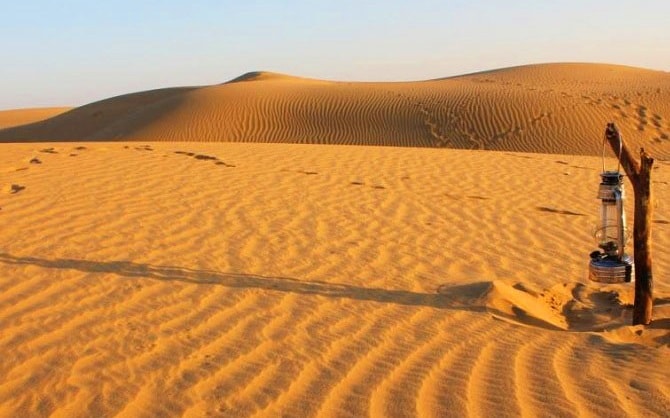
Tanot Mata Temple :-
Some 120 kilometres away from Jaisalmer is the Tanot Mata Temple. Tanot Mata is considered to be a reincarnation of Goddess Hinglaj. There are many stories of how during the 1965 India-Pakistan war, Tanot was under heavy attack and shelling. However, none of the shells or bombs fired at the temple exploded. This reaffirmed people’s faith that Goddess the temple. Post the war, the Border Security Force (BSF) rebuilt the temple and today, the temple is managed by a BSF Trust.
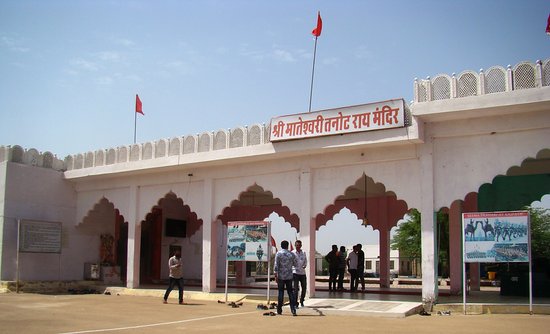
Comments
Post a Comment